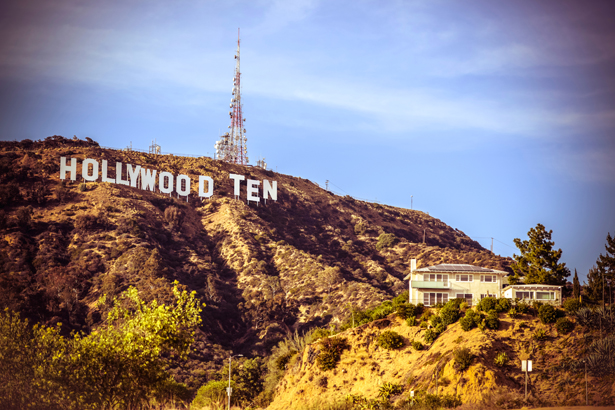Monument To Cold War Victory
October 7–November 7, 2014
Opening: October 7, 7pm
The Cooper Union for the Advancement of Science and Art
41 Cooper Square
New York, NY 10003
www.cooper.edu
www.coldwarvictorymonument.com
Monument to Cold War Victory is a conceptual project by the artist Yevgeniy Fiks, taking the form of an open-call, international competition for a public, commemorative work of art. For over two decades, public signifiers of the Cold War, such as the Berlin Wall, have been framed in terms of destruction and kitsch. A monument created at the moment of its own destruction, the Wall encapsulates the continuing geopolitical imagination of the conflict as linear, continuous, binary, and terminal: the culmination of a historicized narrative of competing empires. But while the impact of half a century of sustained ideological struggle still reverberates through all forms of public and private experience—from Middle Eastern geographies of containment to the narrative structures of Hollywood—its conclusion has yet to be acknowledged through a public and monumental work of art. The Cold War, the longest and most influential conflict of the 20th century, has no publicly commissioned commemoration in the United States.
Recent geopolitical events, including civil war in Syria, the Edward Snowden affair, LGBT rights in Russia, and the unfolding military conflict in Eastern Ukraine reveal the legacy of the historical Cold War as unstable and unresolved. By invoking the enduring genre of war monuments, memorials, and publicly commissioned artworks, this project invites a provocative re-engagement of those forms. How might the legacy of the Cold War, in all its complex—and often invisible—material, social, and cultural forms, be visually articulated? In what ways might the notion of “victory,” implicit in all retroactive commemorations (and historical revisions) of conflict, be interpreted?
In November 2012, The Committee for Tacit History (Fiks and curator Stamatina Gregory) issued an international call for proposals for a monument to the Cold War to be built in the United States. Unrestrained by budget considerations, and untied to a specific place, the call implied an invitation to imagine socially based, utopic, dystopic, or ultimately unrealizable projects. In April 2013, a jury including Susan Buck-Morss, Boris Groys, Vitaly Komar, Viktor Misiano, and Nato Thompson considered nearly 200 submissions and selected 17 finalists, whose proposals comprise this exhibition. These artists, from the United States, Europe and former Soviet republics, and Latin America, are diverse in their formal and conceptual strategies, their approach to material and ideological history, and their take on monumentality. Collectively, they wield the conceptual form of the public commission as a potent form of political imaginary.
Organized by Stamatina Gregory and Yevgeniy Fiks
Artists: Yuri Avvakumov, Aziz + Cucher, Kim Beck, Constantin Boym, Camel Collective (Anthony Graves and Carla Herrera-Prats), Sasha Chavchavadze, Christoph Draeger, Deyson Gilbert, Francis Hunger, The National Toxic Land/Labor Conservation Service, Szabolcs KissPál, Angelo Plessas, Lisi Raskin, Dread Scott, Dolsy & Kant Smith, Société Réaliste, Michael Wang
Public programs at The Cooper Union:
October 29, 7pm: “After the End of History: Art, Monumentality, Geopolitics”
A discussion with Olena Chervonik (curator, Izolyatsia, Donetsk, Ukraine), Boris Groys (critic and theorist), Nina Khrushcheva (scholar and senior fellow, World Policy Institute), artists Vitaly Komar and Lisi Raskin, and Nato Thompson (curator, Creative Time).
November 6, 6pm: Nate Jones, Freedom of Information Act specialist with the National Security Archive, leads a workshop on declassified history and the FOIA process
November 7, 6pm: A discussion on state secrets with Heidi Boghosian (author of Spying on Democracy, 2013); Kevin Gosztola (journalist acclaimed for his coverage of the Chelsea Manning trial); Lisa Lynch (scholar and co-founder of the Guantanamobile Project); Ryan Shapiro (FOIA scholar whose research has been dubbed “a threat to national security” by the FBI); and Carey Shenkman (First Amendment and human-rights attorney).
With thanks to all participating artists and to the jury. Special thanks to Saskia Bos, Dean of the School of Art, for making this exhibition possible. Additional thanks to acb Galéria, Budapest; Foxy Production, New York; and Y Gallery, New York.
With support from The Cultural Services of the French Embassy in the United States; the Swiss Arts Council Pro Helvetia; Mendes/Wood DM, São Paulo.


